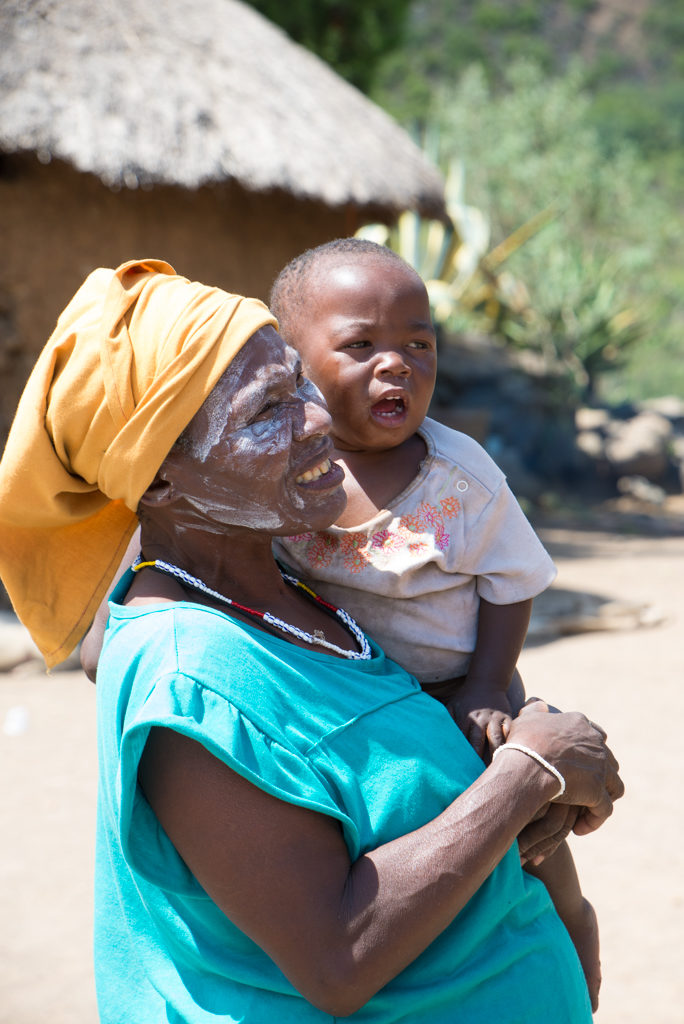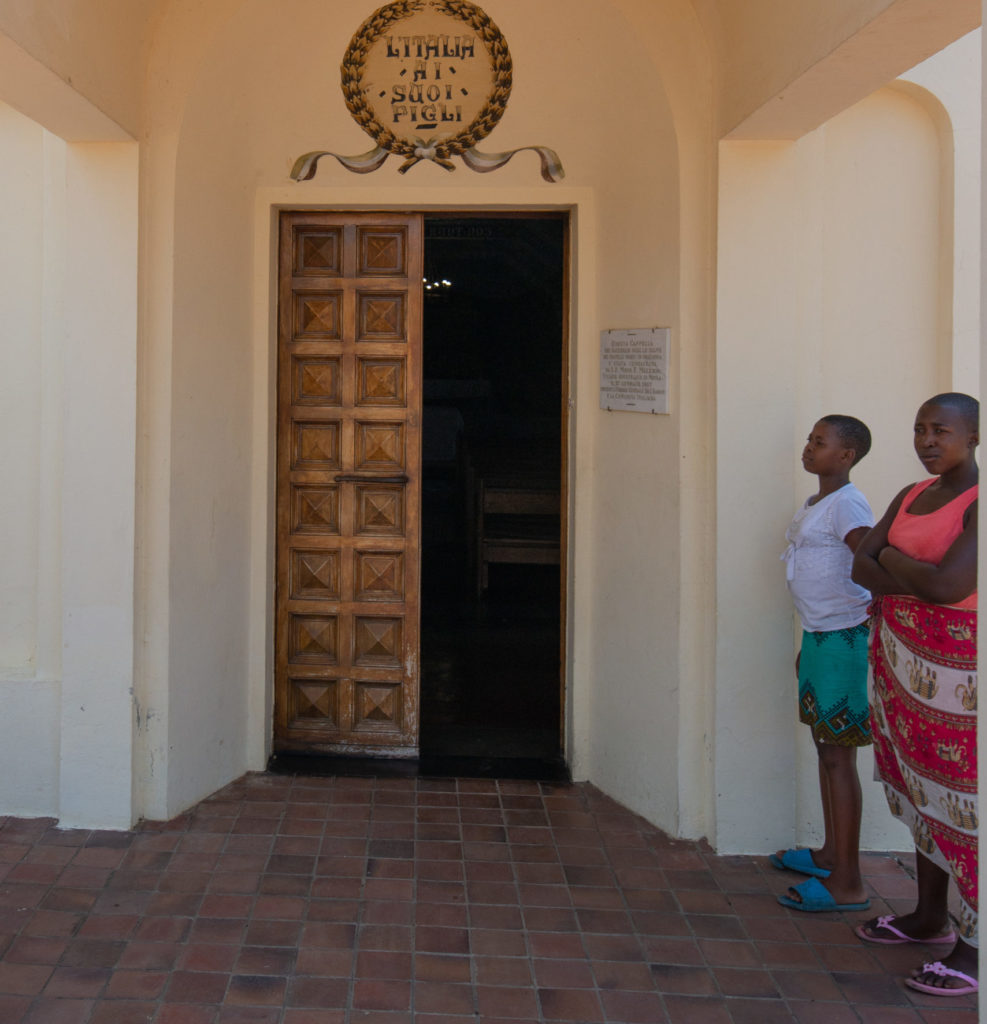
“This world is a good place. We should all be happy,” the Italian bricklayer Michele said to the Captain. Then he painted a black Madonna inside the catholic chapel, much to the Captain’s disdain.
Michele was a WWII internee in a camp in the British colony of Southern Rhodesia, and the Captain his supervisor. They are fictive characters in Doris Lessing’s short story, “The Black Madonna”. The chapel, however, is real. It’s still standing, 5km outside of the Zimbabwean city Masvingo, a lesser known tourist attraction reminding of an almost forgotten chapter of African history.
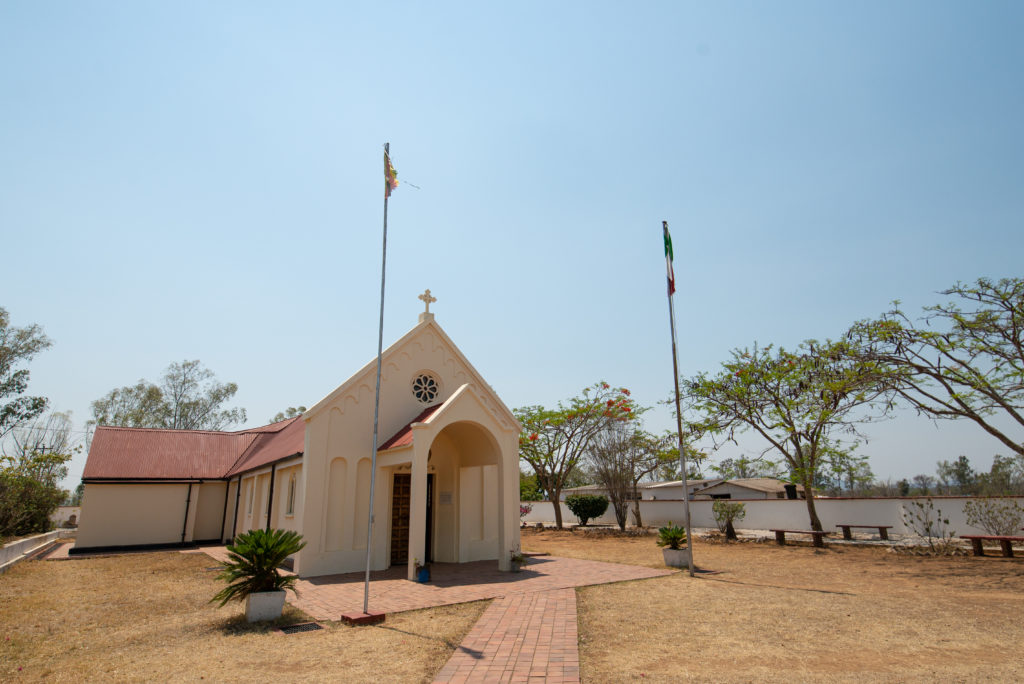
In 1939, when Great Britain declared war on Nazi Germany, the self-governing colony of Southern Rhodesia readily joined the war. It was a surprising move. The country, named after the British explorer Cecil Rhodes, had only been established 15 years before, in 1923. Two years later, in 1925, British citizen Doris Taylor, aged 6, and her parents moved to Southern Rhodesia to farm maize. The family settled in the middle of the African planes that stretched endlessly under the perfect blue sky. Land was abundant for the British immigrants, thanks to a land-settlement programme, which had been launched by the government to attract European settlers. Doris’ mother adhered to an Edwardian life-style – participating in a society of which her daughter would later write in the Black Madonna, a ….minority whose leisure is guaranteed by the hardworking majority. Southern Rhodesia’s ruling white class counted 67.000 – a dwindling number against the black African population, who counted more than one million.
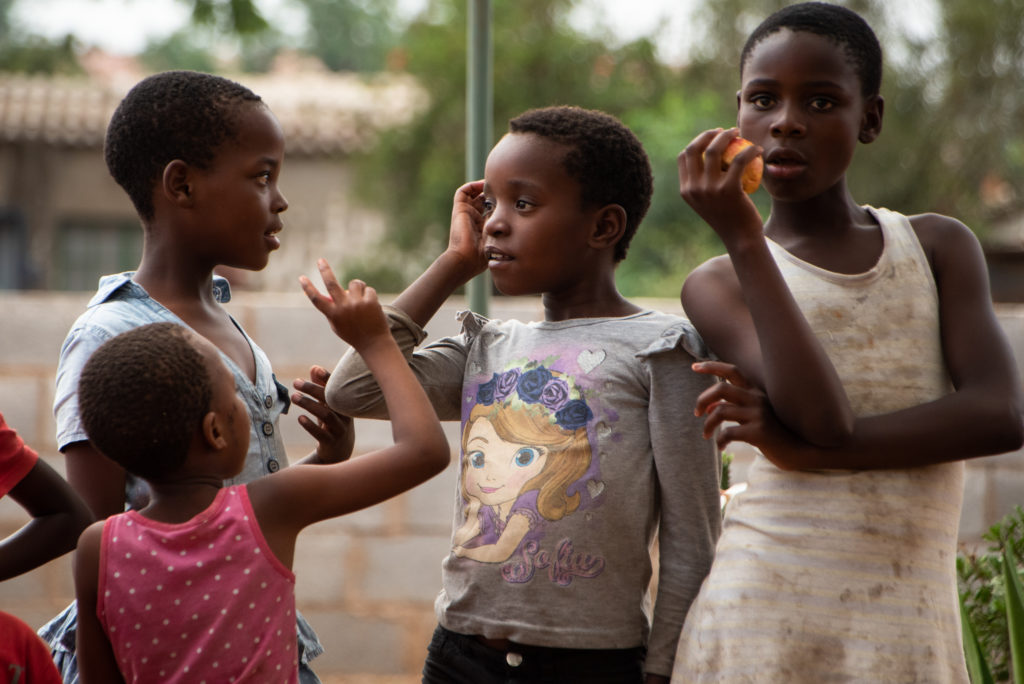
Entering a costly war and deploying troops sounds like a foolish idea, given that troops were almost exclusively whites. Blacks were – not surprisingly – barred from carrying weapons. But, there had been a secret, long-prepared plan…
Southern Rhodesia offered Britain assistance by taking over thousands of “internees”, refugees or citizens of enemy countries that the kingdom had singled out as potential alien enemies. These were Germans, Austrians, Italians, Polish – not prisoners of war, but civilians deemed fascists of varying degrees who had to be separated from society.
The plan was to increase the white population.
The captain had visited Germany under Hitler and though it was not the time to say so, he had found it very satisfactory.
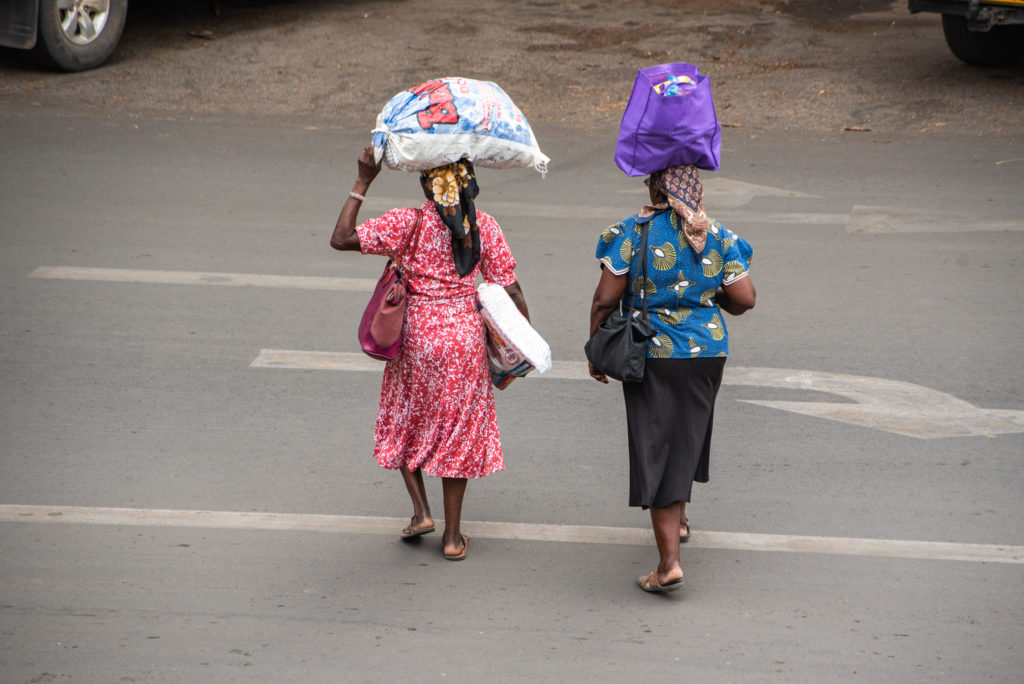
The war was a huge success for Southern Rhodesia. Since the British had to pay for the accommodation of the internees, they thereby financed the infrastructure necessary to set up the camps: Railways and roads. But the war also led to tremendous economic growth. Southern Rhodesia became the second largest gold producer in the world, exported chrome and asbestos and other strategically interesting minerals worldwide, supplied neighbouring countries with coal and starving Europe with dehydrated vegetables. With the large scale exploitation of the country’s natural resources, money came rolling in. Private enterprises set up shop in the capital of Salisbury. White people!
By then Doris was a high school drop-out working as a telephone operator in Salisbury, married to a civil service named Frank Wisdom. But the city and the party-going, fun-loving society were no match for the young intellectual.
We were all bored to extinction by dances, fancy-dress balls, fairs, lotteries, and other charitable entertainment.
Doris gave birth to two children. But even this experience fell flat for her. Motherhood was no satisfaction for Doris. Nor was the colonial life style.
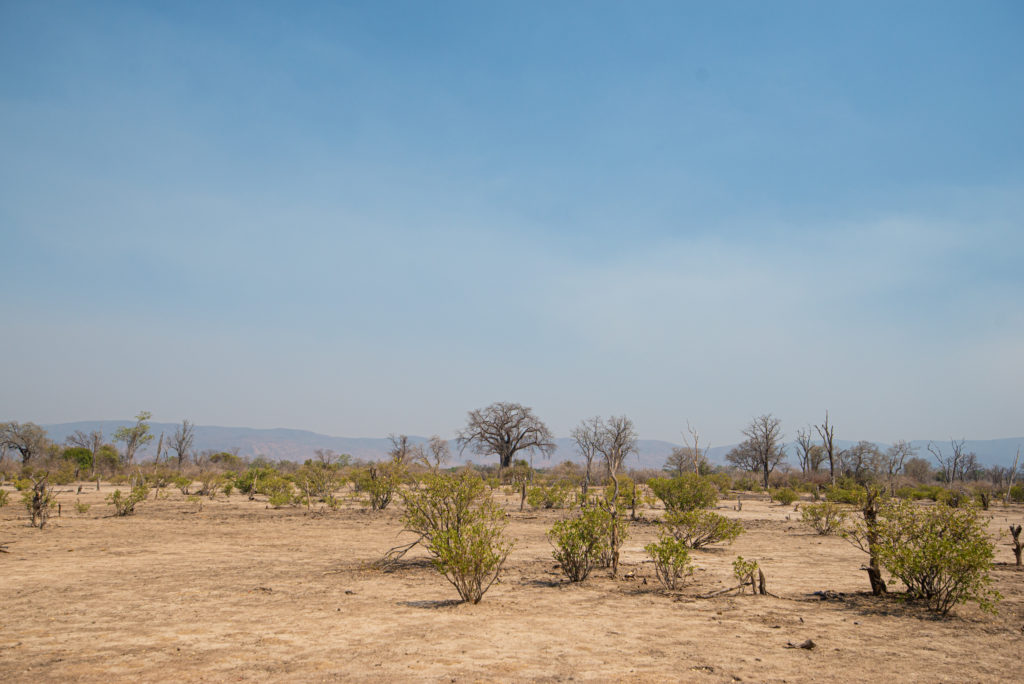
Needless to say that the war was no success for the black population – not only for those who had been sent to the battlefields (there was one black regiment serving under white officers), and those ten thousands who were conscripted to work on white-owned farms and in the mines. The economic boost had led to an increasing demand for labor. Cheap labor. Unpaid labor.
Since the foundation of Southern Rhodesia, the government had relied on a system of assigned labor quotas for each district. Native commissioners – government officials in charge of the black population – called on local chiefs to provide laborers from their kraals. Forced laborers, barely remunerated.
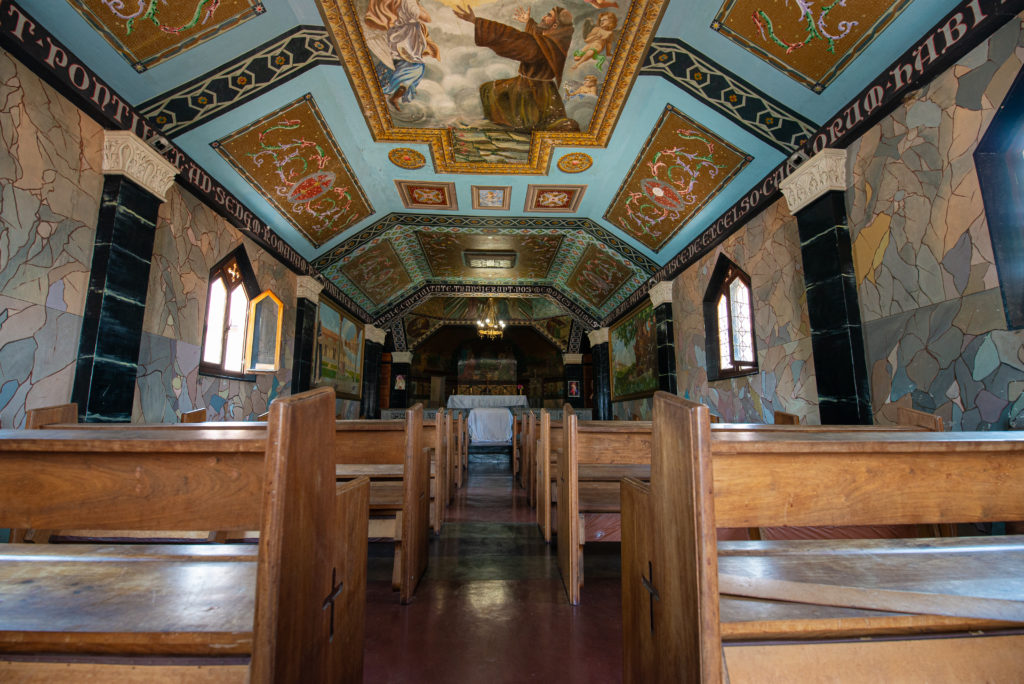
Black Africans themselves had been prevented from farming by the same land settlement programmes white settlers benefited from. African communities had been evicted from their land and re-settled in “reserved areas”, which were mostly arid strips of land with no access to water, and too overcrowded to provide for all, and so-called Native Purchase Areas, completely unsuitable for agricultural use. Railways and roads only ran through white farming lands – the strategically planned roads and railways that led to the internee camps.
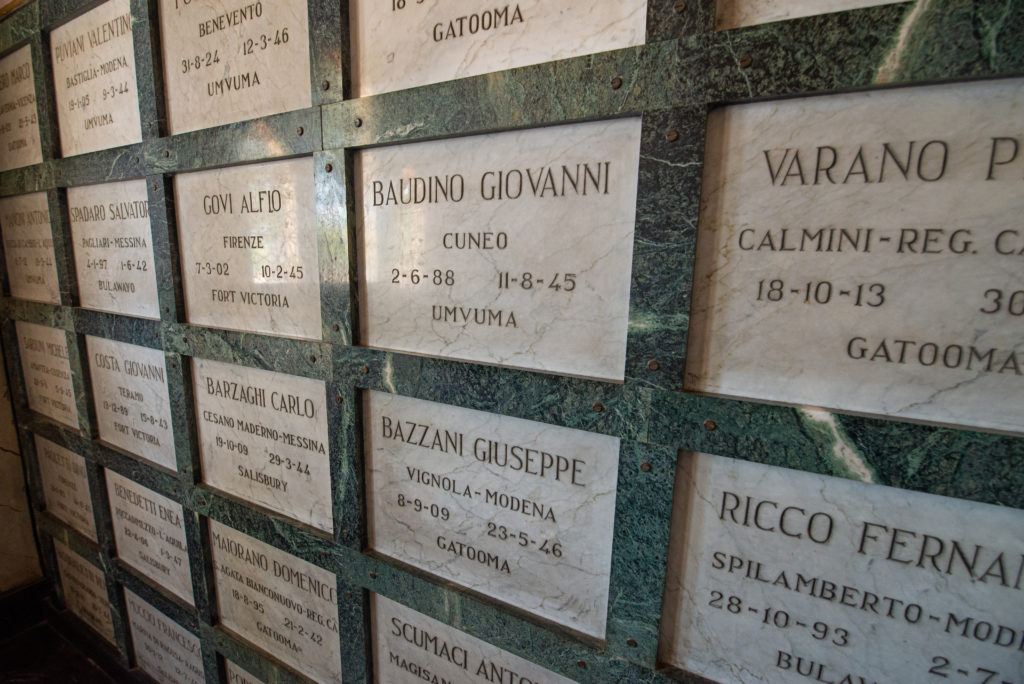
Southern Rhodesia hosted a total of 12.000 internees on five different sites. One of these camps was close to Fort Victoria, a military town. Built in the 1930ies, it came to use in 1942, strictly adhering to the plan. The camp hosted 1500 Italians, of whose suspected skills in farming, mechanics and other crafts the government tried to benefit. Some Italians were even to be deployed as soldiers with the Rhodesian African Rifles, the only black regiment – however the plan was not executed due to lack of training and motivation on part of the Italians.
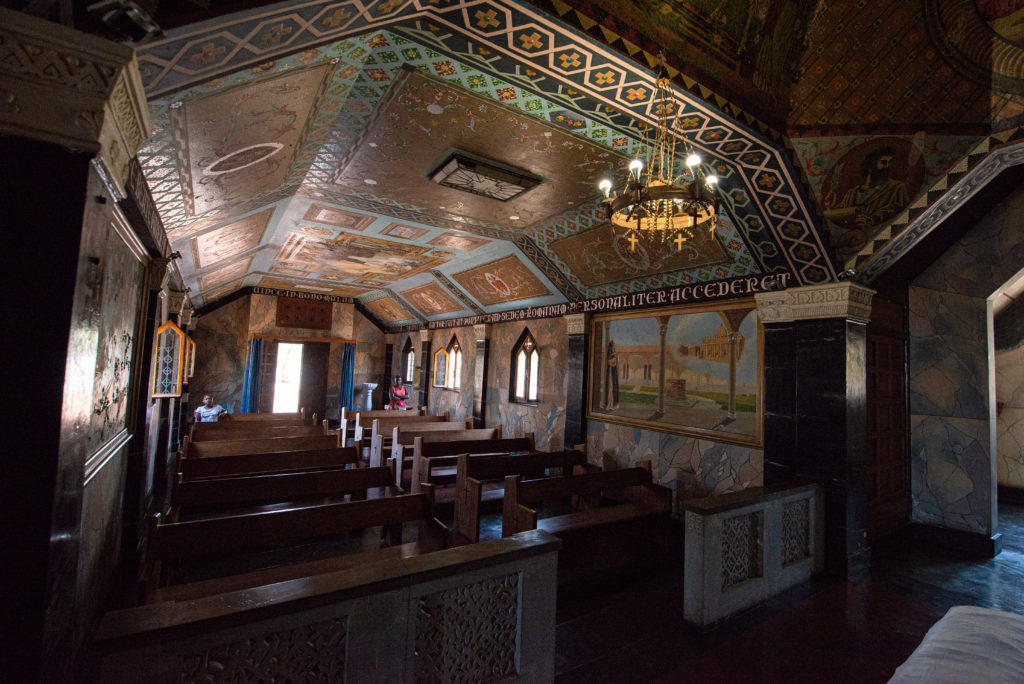
Michele’s talents were discovered, when a church was built in the camp, and Michele decorated its interior. It soon became a show-place, that little tin-roofed church in the prisoners’ camp, with its white-washed walls covered all over with frescoes depicting swarthy peasants gathering grapes for the vintage, beautiful Italian girls dancing, plump dark-eyed children… Culture loving ladies who had bribed the guards to be taken inside the camp would say: “Poor thing, how homesick he must be.”
Life in the camp was characterized by boredom, deprivation of sexual pleasures, and poor living conditions. Escape attempts were frequent, 31 successful.
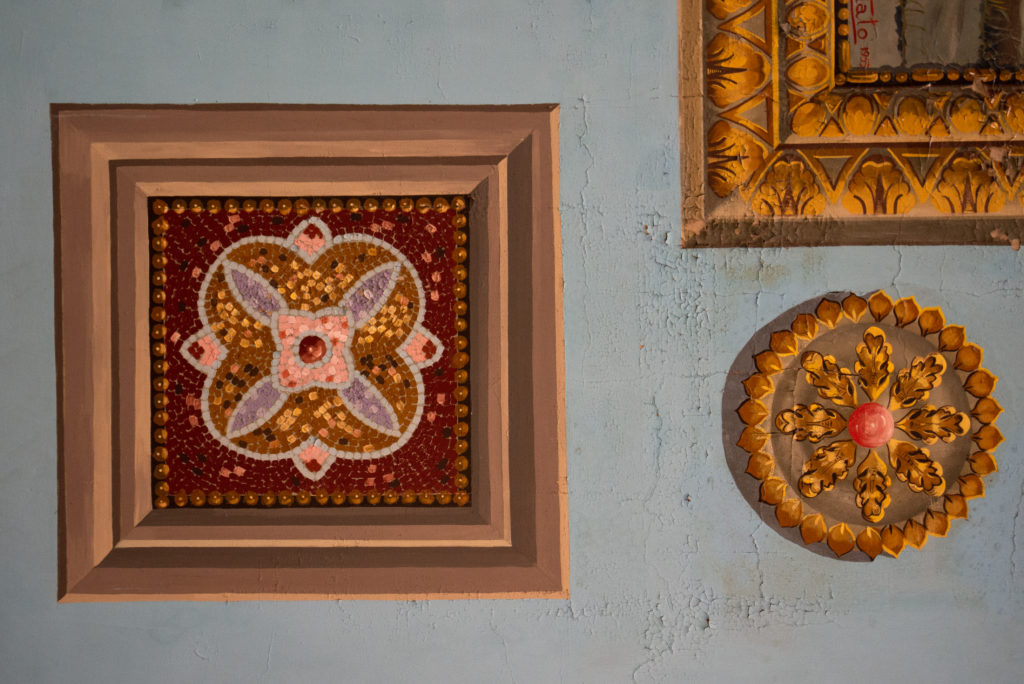
In 1943, Doris left her husband and the two children, and moved to London to pursue a writing career. The same year, in October, Mussolini surrendered, and the interned enemies were to be released.
Some thousand stayed where they were, in the camps, where they were fed and housed at last. Others went as farm laborers, though not many, for while the farmers were as always short of labour, they did not know how to handle farm labourers who were white men. Such a phenomenon had never happened in Zambesia before.
When finally the war ended, in 1945, the Italians were able to go home. Or rather, they were repatriated. However, many returned to Southern Rhodesia, possible fascists, possible enemies of the state, turned friends.
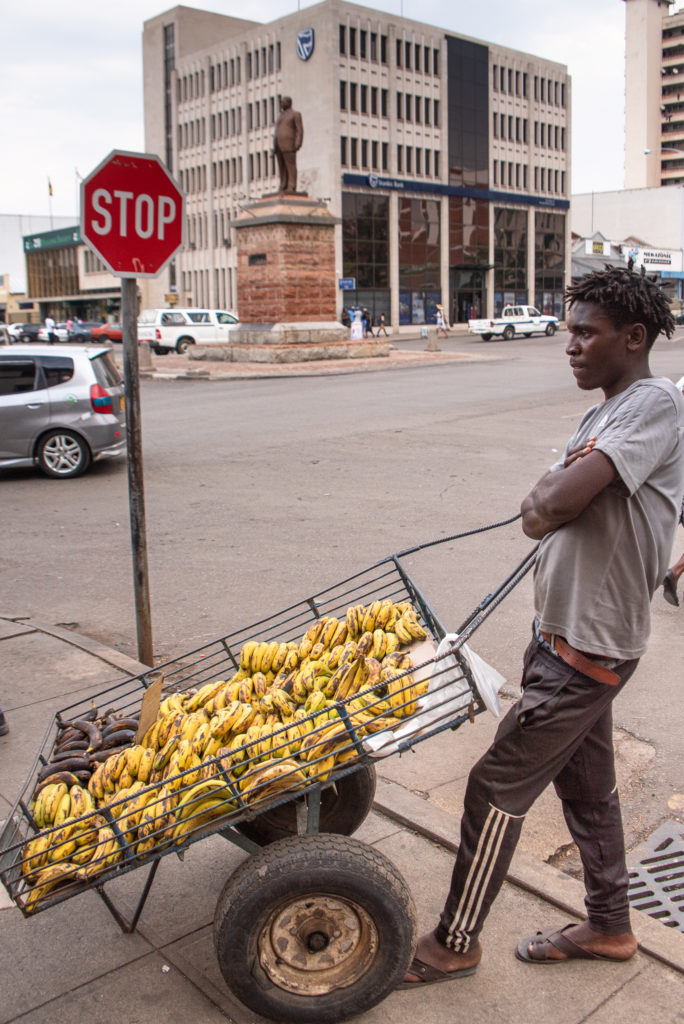
In 1980, after a long and bloody struggle for independence, the country shook off apartheid and became Zimbabwe. In London, the divorcee and acclaimed writer Doris Lessing invested herself in the anti-apartheid struggle. In 2007, she won the Nobel Prize for literature. In her acceptance speech, she addressed the global inequality of opportunity and stressed the importance of fiction writers in this respect. She said: “It is our imaginations which shape us, keep us, create us – for good and for ill. It is our stories that will recreate us, when we are torn, hurt, even destroyed.”
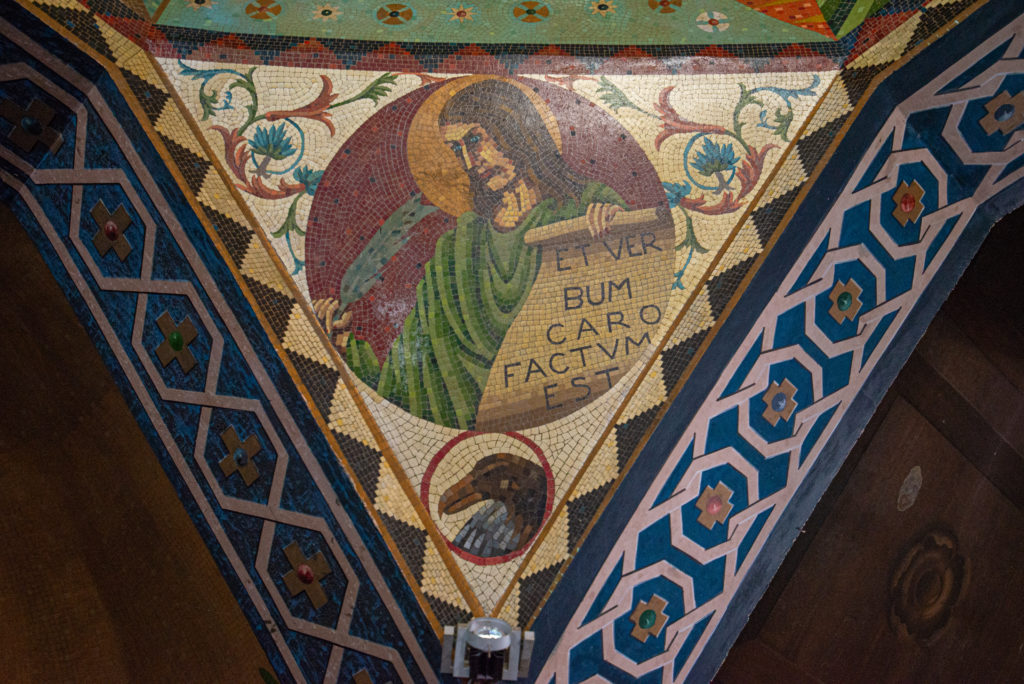
Just in front of the Captain was a picture of a black girl. She was young and plump. She wore a patterned blue dress and her shoulders came soft and bare out of it. On her back was a baby slung in a band of red stuff. Her face was turned towards the Captain and she was smiling.
“That’s Nadya,” said the Captain. “Nadya…” He groaned loudly He looked at the black child and shut his eyes. He opened them, and mother and child were still there. Michele was very carefully drawing thin yellow circles around the head of the girl and her child.
“Good God,” said the Captain. “You can’t do that.”
“Why not?”
“You can’t have a black Madonna.”
“She was a peasant. Black peasant Madonna for black country.”
By the way, there is no black Madonna inside the chapel.
